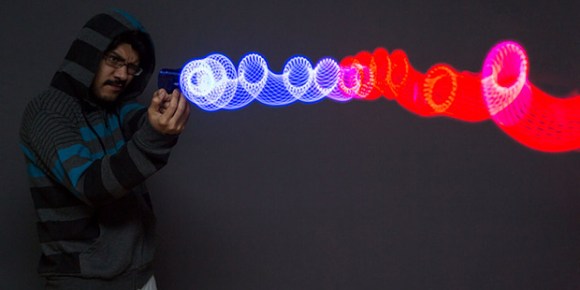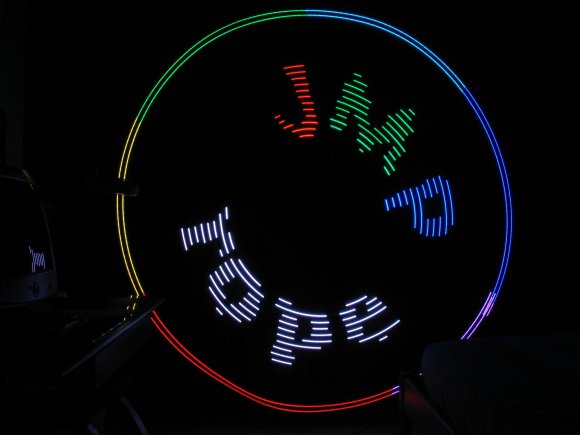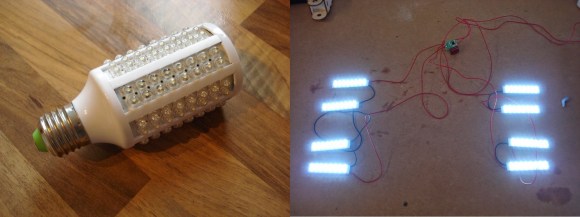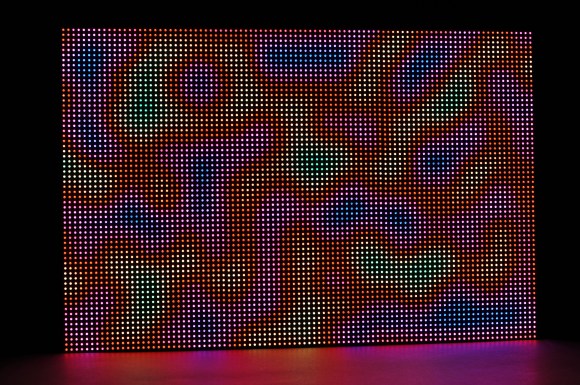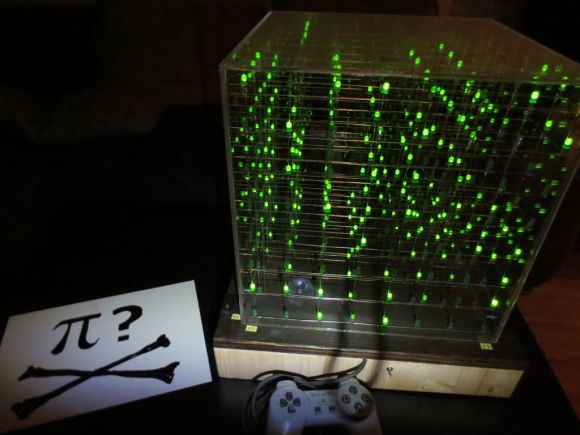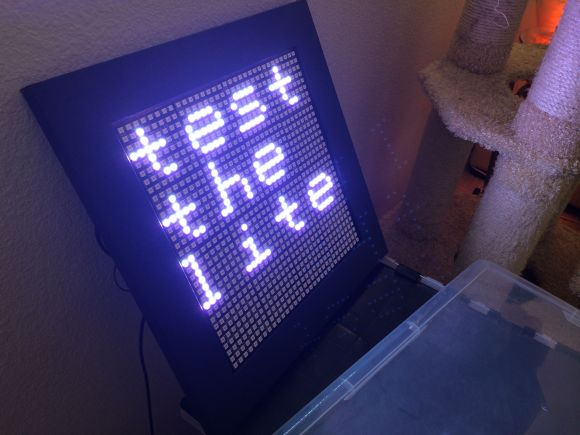
[David Donley] has wanted to make a LED matrix for a while now, and has decided to finally pull the trigger — after all, that many LEDs certainly aren’t cheap!
He’s using a set of 16 Adafruit 8×8 NeoPixel LED Matrices (almost $600 worth of LEDs) and a BeagleBone Black to control them. To mount the LED matrices he bought a sheet of 6061-T6 aluminum for two purposes — one to act as a giant heatsink, and two, to look cool. All he had to do was drill some holes in the sheet for the connectors, and then use 3M 300LSE double-sided adhesive to stick the NeoPixels to the surface. The result is a border-less display that looks clean and professional.
To power the array he’s using a 5V 90A power supply — at full brightness these LEDs can consume around 325W, or 65A at 5V! Taking notes from the opensource LEDscape code on GitHub he’s made his own software to control the display — stick around after the break to see it in action.
Continue reading “Aluminum LED Matrix Looks Professionally Made”


